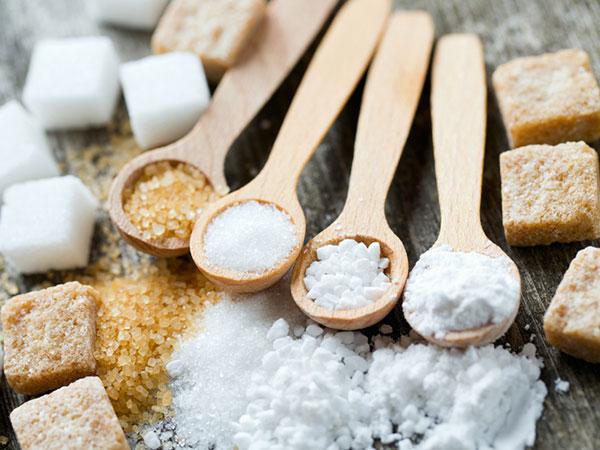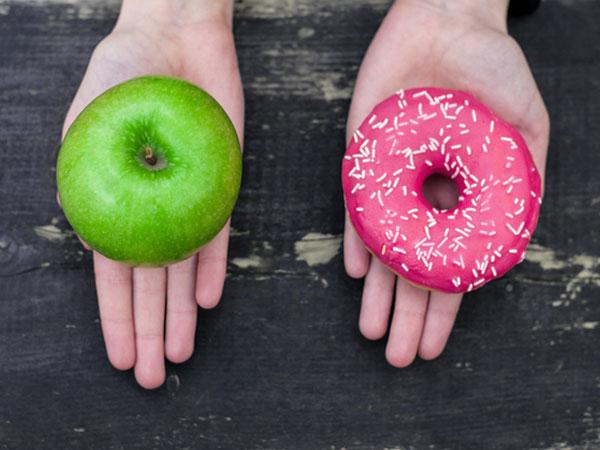Ever eaten a whole bunch of candy or sugary, sweet treats and found yourself more hyper than usual? You’re probably experiencing a sugar buzz–supposed to be much more potent than alcohol! White, refined sugar has gotten a bad rap, and for good reason, and more people want to cut sugar out of their diet owing to the rise of diabetes and other lifestyle related diseases.

The sugar effect
“Sugar is 10 times more addictive than cocaine… It lights up the dopamine centres in the brain giving that ‘feel good’ sensation, even though within an hour one will notice a slump in energy,” says Carlyne Remedios, Group Manager – Clinical Practices, Nutrition & Product Development at the Digestive Health Institute by Dr. Muffi, Mumbai.

Withdrawal symptoms?!
Remedios likens sugar withdrawals to alcohol and drug withdrawal symptoms. In the first week of cutting out sugar, she says: “The most common withdrawal symptoms are headaches, irritability, brain fog, and lack of energy. These, however, do not last long and within a week or so it starts getting better. One feels more energised, can begin to focus much better, and actually has more sustained energy throughout the day. This is more so because processed sugar is replaced by healthy foods, like protein and fibre, and natural sugar from fruits and dry fruits.”

What to keep in mind if you want to cut out sugar
Nutritionist Karishma Chawla offers some guidelines on how to cut out sugar from your diet:
1. Woman’s diet must be devoid of foods that disrupt hormonal health, exaggerate symptoms of PMS, and those that lead to fat gain. Foods like white rice, bread, refined flour, and sugar can be indulged in sparingly, even though they are of no help, health-wise. All the vitamins and minerals needed for optimal health are actually obtained by consuming a variety of healthy, whole, nutrient-dense foods.

2. Healthy carbs are complex, fibrous carbs which are digested slowly, helping you avoid insulin spikes, and maintain steady blood sugar levels. They also help in optimising workout and minimising fat storage. Keep in mind that each of us have different carbohydrate needs. For eg, sedentary people need less carbohydrates than those who exercise regularly.
Sources: Jowar, bajra, nachni (ragi), amaranth, oats, quinoa, dalia, legumes and beans. These also include high-fibre fruits like apple or papaya, and leafy green vegetables.

3. Intermittent fasting is a fasting period of 12 -16 hours wherein only water is allowed. No tea, coffee, or fruits as well. It could basically start from the moment you finish dinner, say at 9 pm, counting up to the next 12 -16 hours. It helps maintain stable sugar levels, arrest fat gain, enhance fat loss, and also help heal the body by increasing blood supply to the needed region rather than the digestive system.
Remember, intermittent fasting must be deployed strategically to avoid fat gain in the longer run, and your feeding period must comprise of balanced meals rather than indulging in the wrong foods. Always consult your general physician and nutritionist before you bring about a big change in your diet and exercise plan–they can advise you on how to do it safely and monitor the effect it has on your health.



